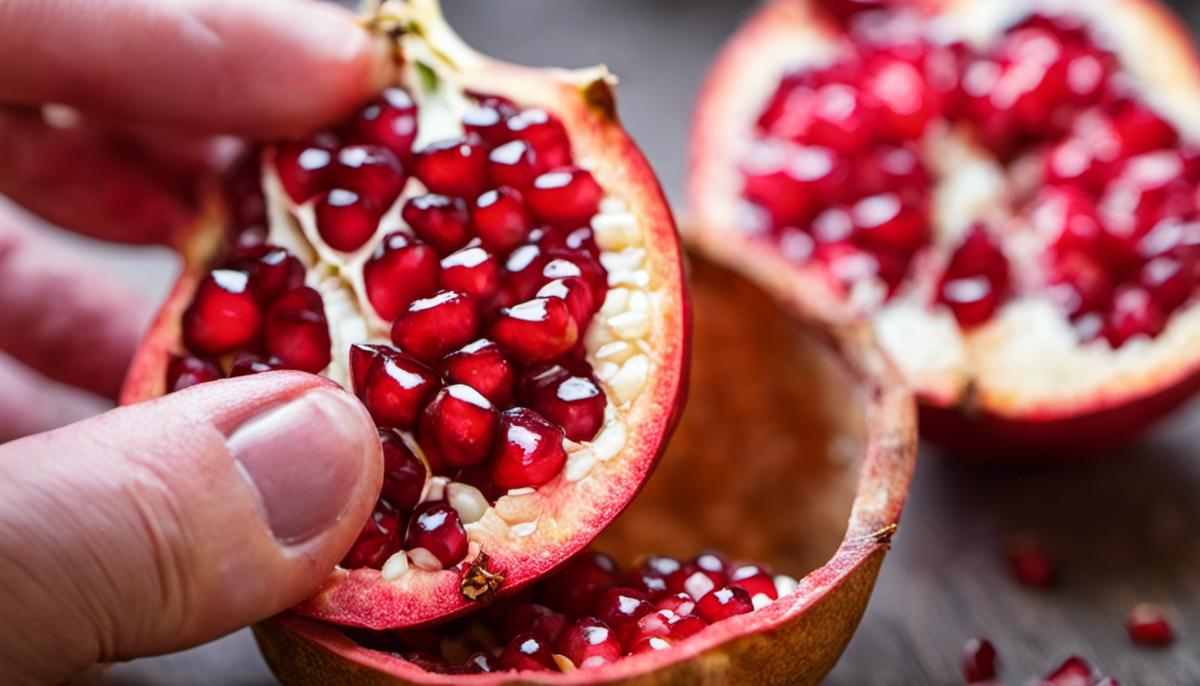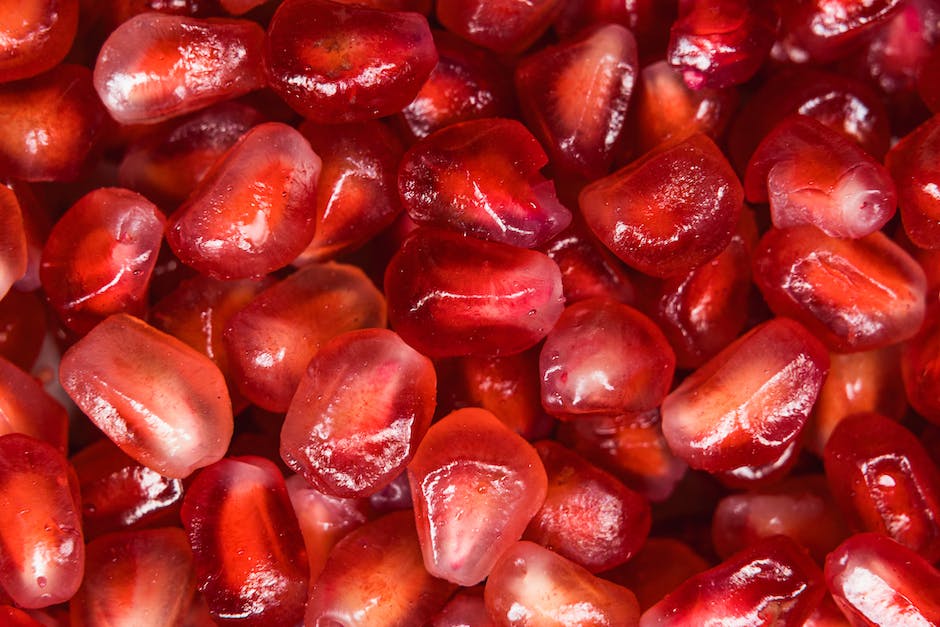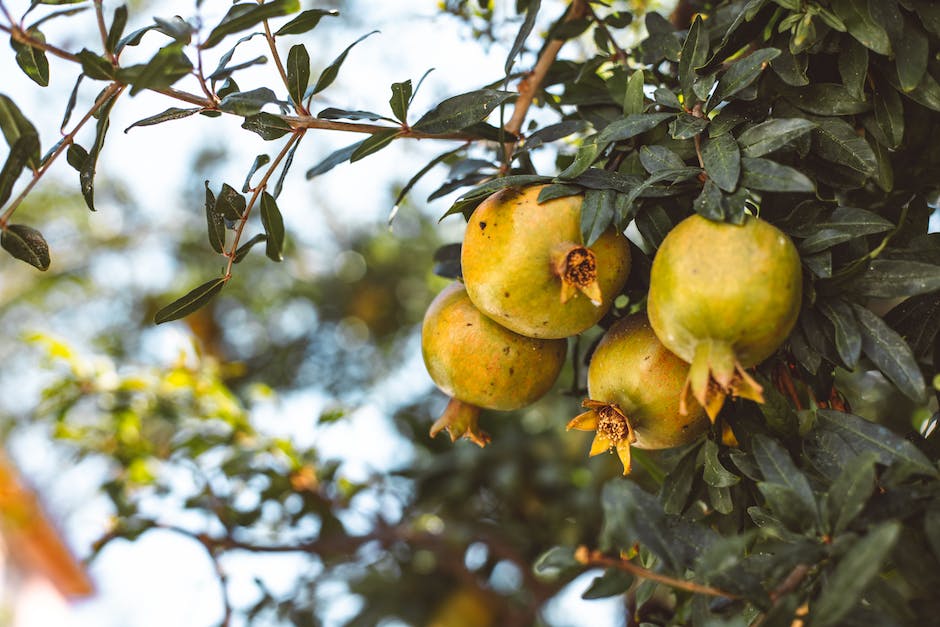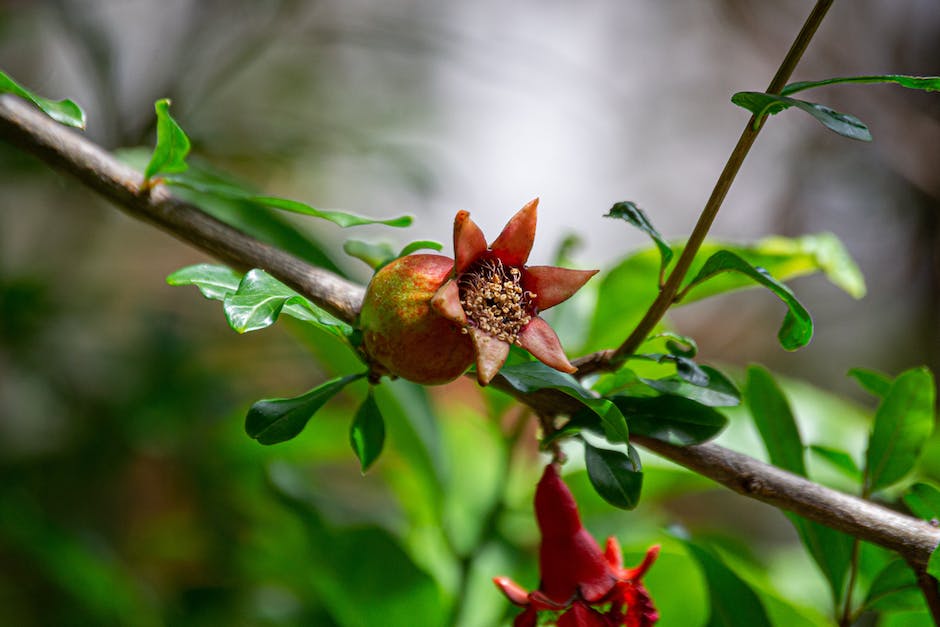Step-by-Step Guide: Grow a Pomegranate from Seed

Growing a pomegranate tree from a seed is a rewarding venture into the world of gardening. Pomegranates, which originate in the Middle East, are not only a tasty and refreshing food source but also revered as a symbol of health, fertility, and eternal life. But how do we transform the small, vibrant seeds within this exotic fruit into a thriving tree? This guide will walk you through the meticulous yet fascinating process of preparing your seeds, planting these potent potential pips, and caring for the budding seedlings into healthy, fruit-bearing trees.
Preparation of Pomegranate Seeds
Achieving Green-Thumbed Success: Preparing Pomegranate Seeds for Planting
There’s a unique joy that comes with gardening. The feeling of nurturing life is quite exhilarating, isn’t it? From selecting your seed to seeing it sprout and grow, it packs an unbeatable thrill. There’s a certain sense of accomplishment each time a blossom forms or a fruit starts to emerge. Today, let’s explore the exciting world of pomegranates, and specifically, learn how to efficiently prepare pomegranate seeds for planting.
First, select an organically grown, healthy-looking pomegranate fruit. It ensures that seeds are not treated with any growth inhibitors or chemicals.
The next step is cracking the pomegranate open to reveal the seeds. The most effective method is to make a few cuts on the outer skin, careful not to cut too deep into the fruit, and then cracking it open. The deep crimson seeds nestled within the white pith are a sight to behold!
Now, let’s move on to the thrilling part of the process – seed extraction. This can be a bit tricky as the seeds are thickly packed and encased in the white, bitter pith. Fret not! Here’s a trick to use. Break apart the pomegranate over a bowl of water. The seeds will fall into the water while most of the pith and membrane floats making the separation easier.
After recovering all your seeds, rinse them thoroughly under running water and spread them out on a paper towel. Let them dry in a cool place for about a week. The drying discourages any microbial or fungal decay.
Once your seeds are dry, it’s finally time to get ready for planting! To break their dormancy and encourage germination, pomegranate seeds need stratifying, which is essentially a cold treatment. Soak the seeds in water for about 24 hours, then place them into a plastic bag with moist sand or a moist paper towel. Seal the bag and pop it into the refrigerator for about six weeks.
After this cold treatment, it’s time to meet the soil. Get a pot or seed tray filled with well-drained, fertile potting mix. Lay the seeds on the mix and lightly cover them with a layer of soil, about 1/4 inch deep. Keep the soil moist, but avoid overwatering as it can lead to root rot.
Place the pot or tray in a spot with plenty of indirect sunlight, preferably at temperatures between 68 and 77 degrees Fahrenheit. In 2-6 weeks, you should witness the brilliant emergence of your very own pomegranate saplings. As the saplings grow, make sure they get ample sunlight, water and organic feed.
Now, you’re fully equipped to dive into the pleasantly therapeutic process of preparing pomegranate seeds for planting. Happy gardening, green thumbs! Venture forth and create your own patch of pomegranate paradise.

Planting the Pomegranate Seed
After preparing the seeds and pot, the next phase begins – daily care and observation of the developing saplings.
In the initial stage, saplings require a warm, humid environment. Accomplish this by placing the planted seeds in a plastic bag or under a cloche to create an in-home greenhouse effect. This will ensure that the temperature and humidity are maintained at optimal levels. Take note, though, that it’s crucial to open the bag or cloche daily to provide vital air circulation.
Now, warmth and light are essential catalysts for the sprouting seeds. Place your little greenhouse in a sunny windowsill where the temperature is between 68-77 degrees Fahrenheit (20-25 Celsius). Remember, however, to keep an eye on the sunlight strength. While seedlings require ample light to grow, harsh and direct sunlight might be detrimental.
Meanwhile, watering requires a very specific touch. Moisture is needed but overwatering can be harmful. The soil should be kept damp but not soaked. Overwatering can lead to the growth of mold or cause the roots to rot. A good rule of thumb is to water just enough to keep the soil moist at about one inch deep.
As your little sprouts begin to grow, they’ll start to stretch towards the light. In order to prevent lanky, weak plants, it’s best to rotate the pot daily. This guarantees that all sides of the plants get exposure to sunlight, promoting stronger, balanced growth.
As the saplings start to grow, keep a watchful eye for overcrowding. If the seeds were planted in a large pot or seed tray, they might be fine. But if you notice the small saplings struggling for space, it’s time for some considerate replanting. Already at this stage, pomegranate trees have a tap root system. Therefore, be extremely careful not to damage the roots while transplanting.
Remember, patience is key! It might take about 6-8 weeks for the saplings to grow sturdy and healthy. But don’t fret if it takes a little longer. These rules don’t strictly apply to every seed, and your pomegranate tree might simply be a late bloomer!
The beauty of gardening, and in particular growing pomegranate trees from seeds, lies in the journey. The thrill of seeing those first sprouts emerge, growing stronger each day, is genuinely rewarding. So just sit back, keep up with your diligent caretaking, and watch nature unfold in your hands.
Once your trees have established themselves, they are quite hardy and require less intensive care. Pomegranate trees can adapt to a variety of soil conditions and can withstand periods of drought.
Lasthly, growing your own pomegranate tree is not only an enjoyable hobby but also lends benefits to the environment, and provides a delicious and healthy fruit for you and your family to relish. Now that’s a hobby worth pursuing! Enjoy your gardening adventure.

Caring for the Pomegranate Seedling
The journey from seed to tree requires more than just a prime spot of sunshine and a dash of water. The next – and critical – phase in the pomegranate cultivation journey is caring for your newly sprouted pomegranate seedling. Continue reading to unveil the secrets to a thriving seedling and, eventually, a fruitful pomegranate tree.
Early pomegranate development demands a loving touch and precise nurturing. After the seedlings are off to an encouraging start, the top priority should be preparing for transplantation. You’ll want to hold off until the tiny soldiers reach around 3 to 4 inches tall. Use your nimble hands to scoop them out carefully from the shared seed tray. There’s no such thing as too gentle when it comes to re-homing your young.
As you ponder the plant’s new residence, remember these fast-growing seedlings are endorsed with a deep tap root system. They appreciate a spacious pot that allows plenty of room for downward growth. Opt for a container no less than 12 inches deep, with ample drainage holes to prevent water-logged soil from hampering your botanical progress.
Once the pomegranate seedling situates into its new home, maintain the caring and consistent watering schedule established during sprouting. Yet, while this ripening beauty enjoys hydration, beware the swampy extremes of overwatering. Darkened, wilting leaves signal a plea for a drier environment.
Next on your tree-to-be checklist? Sailing sunwards. Like coastal residents basking under the Californian sun, pomegranate seedlings too crave a daily dose of sunlight. Try to situate them where they can soak in at least 6 hours of sun per day. Sun-shy locations stunt the seedling’s growth and delay the countdown to fruit-bearing maturity.
Meanwhile, keep in mind that pomegranates are respectable sunbathers. Regular rotations of your potted seedlings ensure that each leaf, each stem, each minute part of the plant has its fair dance under the sun. This little twist of the pot promotes balanced growth, preventing the seedling from leaning persistently in one direction.
In their quest to grow, your pomegranate seedlings might indulge in mild sibling rivalry, leaving the pot overcrowded. Discern this pattern early, and intervene by repositioning the seedlings to individual pots. This provides them with adequate space and nutrients to grow without competing with their brethren.
In the end, yet of utmost importance, nurture patience. Yes, growing a pomegranate tree is not for the hurried heart. These trees take their sweet time, evolving into hearty plants capable of withstanding heat and drought. Trust us – the taste of the first home-grown pomegranate will make the wait worthwhile!
The willingness to cultivate life from a dormant seed, showering it with care until it matures into a fruiting tree, speaks for more than a green thumb. It reflects the resilience, patience, and foresight of a gardener. The joy derived from this commitment isn’t just in the product – a juicy bunch of ripe pomegranates – it’s in the process of watching a minuscule seedling evolve into a tree. It’s the art of gardening, the enduring fascination, and the subtle thrill of nurturing life from the ground up.

The process of growing a pomegranate from a seed is a journey of persistence, patience, and reward. The journey begins with the preparation of the seeds, followed by the careful planting process and ends with diligent care for the seedling. The care for your pomegranate seedling primarily involves regular watering, proper sunlight exposure, timely pruning, and regular fertilization. By adhering to these steps, your pomegranates will flourish, providing you with a beautiful, productive tree and the satisfying accomplishment of nurturing life from a tiny seed. Remember, the journey may seem lengthy, but the taste of your homegrown pomegranate will be sweeter than any purchased from a store!



